Does positive social change start with wonder? Denise McHugh, executive director of the Spark Community Foundation, suggests that it may. For the past 16 years, Denise has facilitated a large-scale collective impact initiative focused on reducing and preventing youth homelessness across rural Colorado. During SageRiver’s latest conversation about how wonder can inspire strategy and innovation, Denise shares the WONDERFUL tools and frameworks that are helping communities to spark change.
SageRiver (SR): Thank you for being part of our exploration of wonder. One of the topics that’s been very interesting to us—part of our wonderings—is the concept of collective impact. So, could we start by asking you to explain what collective impact is?
Denise McHugh (DM): Collective impact is a structured way for organizations across sectors, such as government agencies, nonprofits, faith-based groups and others, to achieve equitable large-scale social change. The framework involves specific elements, such as a common agenda, ongoing communication, measurement and evaluation, and mutually reinforcing activities of the participating organizations. It also includes a shared management system, which I often referred to as the “backbone,” to support the overall efforts of the initiative.
SR: You’ve been involved in one collective impact initiative for more than a decade. Can you tell us about it?
DH: Yes, it’s called the Colorado Rural Collaborative for Runaway and Homeless Youth. We started with about 13 communities and have grown to 40. Our common agenda is to prevent and reduce youth homelessness in rural Colorado. The project started with a grant through the Colorado Department of Human Services (CDHS). They had noticed that many rural youths became homeless when they left foster care. To get services, many runaway and homeless youth had to go to urban areas, which meant leaving behind whatever support networks they had. CDHS wanted to develop a system where rural youth could receive support, resources and housing within their home communities.
SR: So, you’ve found collective impact to be a dynamic, flexible model—and that’s our experience at SageRiver, too. What changes has your collective impact initiative adapted to over the years?
DH: With so many communities involved, we’ve learned to support different stages of readiness within each community. For example, a new or emerging community may start with prevention services, while a more established community may already have those services in place and be focused instead on expanding housing and aftercare options. When we look across all 40 communities, we can now say we have a full continuum of care in place for rural runaway and homeless youth.
More recently, we’ve added another component that I find inspirational. It’s a youth action board—called Youth MOVE Colorado—comprising youth from across rural Colorado. They provide insights and perspectives that we use to adapt our efforts to the lived experiences of youth in these communities.
SR: As you look back, what lessons have you learned?
DH: I’d say one of the first is to have clear messaging. Collective impact as a concept is often hard for people to understand. In the beginning, we would look at people’s faces, and you could tell they didn’t understand what we were talking about. So, we’ve learned to translate the terminology of collective impact into everyday language and use graphics to paint the picture.
We also learned that it’s important to build on what already exists in the community. Every rural community has a human services department and school district, for example. It’s essential to understand what strengths the community already has and which organizations or people are most trusted by those you ultimately want to serve. Those organizations may be the best direct service providers or faces of the initiative, while others play behind-the-scenes roles.
Another big lesson is the importance of a common agenda. Everyone will say, “Oh, yes, we want to prevent and reduce youth homelessness.” But what does that really mean? And how does it play out in a community? We’ve learned to invest time up front to articulate a common goal and agenda. It’s the glue that holds everything together. Each community can tailor its efforts, but we have values and principles that are common across every community.
SR: You spoke earlier about a supporting management structure—or backbone—for the collective impact initiative. What does the backbone do?
DH: One of the key functions is to help secure funding. In working with rural communities, for example, we’ve found that agencies rarely have grant writers on staff. So, we do a lot of fundraising support, as well as coordinate the distribution and reporting of monies in compliance with different funders’ requirements.
Our backbone organization also established key indicators and a shared measurement system to support ongoing learning and continuous improvement. We have an evaluator on staff who collects and synthesizes data and produces a monthly snapshot, as well as more in-depth quarterly reports. The data are gathered across the collaborative and shared at our monthly meetings. We also meet with individual sites to identify what they are doing well and where they might want to focus their efforts next.
Additionally, we provide much of the training and technical assistance, as well as pair sites so they can learn from each other. One site might be doing well at engaging youth living on the street, while another has successfully reunified families. Our sites serve as teachers for each other, which further strengthens relationships across the collaborative.
SR: That’s exciting! There’s so much to explore with this topic, but let me close with a question related to our theme for the year. How does wonder factor into collective impact?
DH: To be effective, you must ground the work in powerful questions and deep curiosity—or wondering—about the lived experiences and perspectives of others. What is it like to spend the winter living in an abandoned horse trailer because you don’t have any other shelter, for example? Who would you trust to offer help? What would you want—and what would really make a difference?
This is where our experience with the youth action board expanded our perspective. Youth are incredible, out-of-the-box thinkers, and they’ll share their ideas if they really believe someone is interested and willing to listen. But that collaboration starts with wonder—with a sense of humility and openness to other people and new ways of thinking. If we can help people and communities nurture their wonder, there’s no limit to what we can do.
***
If you’d like to learn more about how to map existing resources and connections for a collective impact initiative, take a look at the example below. (Click to enlarge.)



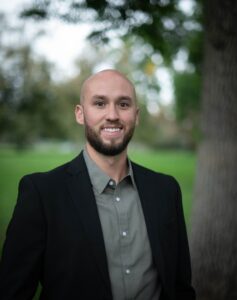 SageRiver (SR): Tell me about the role you have at SageRiver. What is your focus?
SageRiver (SR): Tell me about the role you have at SageRiver. What is your focus?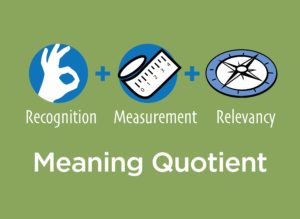 Without question, COVID-19 has caused tremendous loss and hardship in our community. We don’t want to minimize those difficulties, but we can appreciate the lessons this challenging period offers for us.
Without question, COVID-19 has caused tremendous loss and hardship in our community. We don’t want to minimize those difficulties, but we can appreciate the lessons this challenging period offers for us. Measurement: Driving Learning and Growth
Measurement: Driving Learning and Growth Nancy Lublin has a secret power. A serial entrepreneur, she launched Dress for Success immediately after college. Today, the nonprofit operates in 25 countries, providing professional clothing, coaching and support to more than one million women.
Nancy Lublin has a secret power. A serial entrepreneur, she launched Dress for Success immediately after college. Today, the nonprofit operates in 25 countries, providing professional clothing, coaching and support to more than one million women. We Do It on Principle. Principled organizations have done the hard work of defining their vision, mission, and values, engaging employees in strategy, and instilling professional practices. Along the way, these organizations gather input from partners, vendors, and customers to ensure buy-in and strategic alignment. You know what to expect from these companies because they deliver consistently, time after time.
We Do It on Principle. Principled organizations have done the hard work of defining their vision, mission, and values, engaging employees in strategy, and instilling professional practices. Along the way, these organizations gather input from partners, vendors, and customers to ensure buy-in and strategic alignment. You know what to expect from these companies because they deliver consistently, time after time.
 At SageRiver, we harness the power of mindfulness in team strategy, as well as executive coaching, sessions. We often begin our sessions with a mindfulness exercise to help participants let go of whatever stresses or demands they experienced that day. By grounding them in the moment and encouraging them to observe, welcome and honor thoughts and feelings, we set the tone for the work to come.
At SageRiver, we harness the power of mindfulness in team strategy, as well as executive coaching, sessions. We often begin our sessions with a mindfulness exercise to help participants let go of whatever stresses or demands they experienced that day. By grounding them in the moment and encouraging them to observe, welcome and honor thoughts and feelings, we set the tone for the work to come.
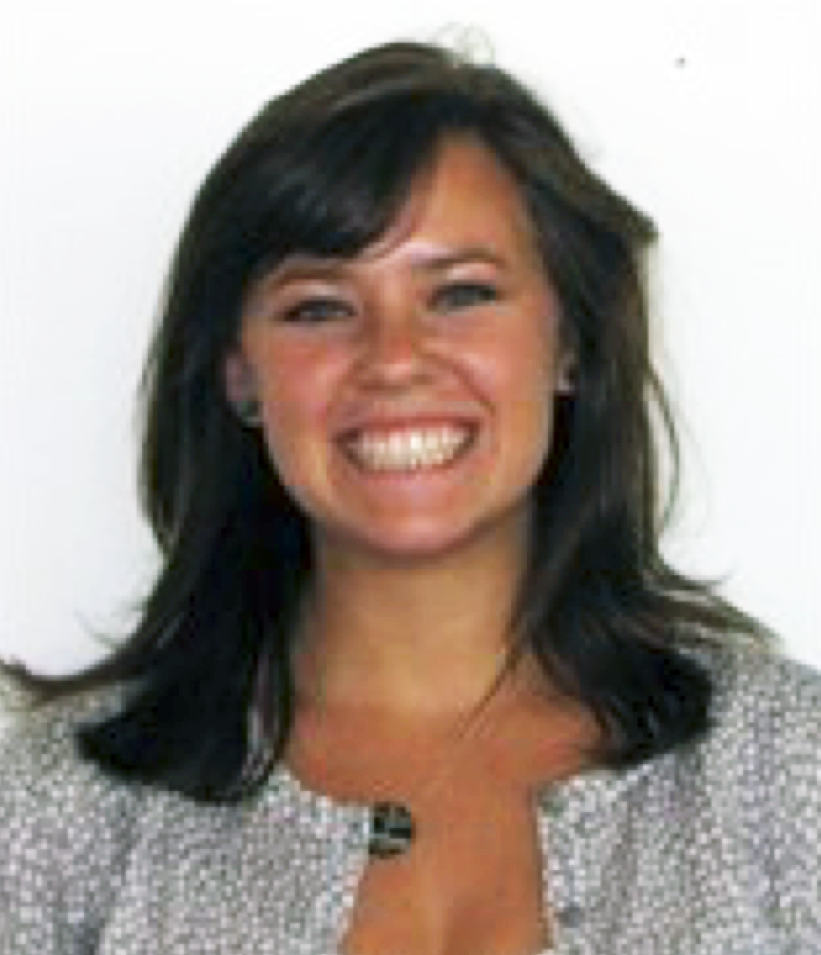 The year was 1979. In a basement in Madison, Wisconsin, an unknown software engineer named Judith Faulkner decided to launch a business. She had a novel idea, but the road ahead was uncertain. Her goal was to develop software that would enable healthcare providers to improve patient care.
The year was 1979. In a basement in Madison, Wisconsin, an unknown software engineer named Judith Faulkner decided to launch a business. She had a novel idea, but the road ahead was uncertain. Her goal was to develop software that would enable healthcare providers to improve patient care.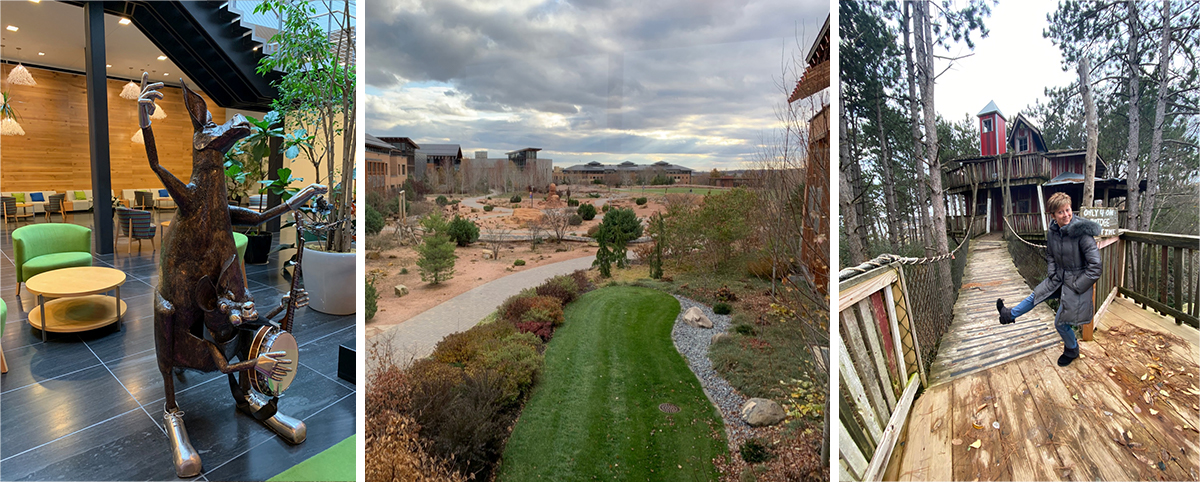

 The sheer face of Half Dome loomed over us. We’d arrived at Yosemite Park just a few weeks after a woman fell to her death summiting the peak. Already wary of heights, I wasn’t sure I should attempt the entire climb, but I decided I would go as far as I could, understanding my own limitations.
The sheer face of Half Dome loomed over us. We’d arrived at Yosemite Park just a few weeks after a woman fell to her death summiting the peak. Already wary of heights, I wasn’t sure I should attempt the entire climb, but I decided I would go as far as I could, understanding my own limitations.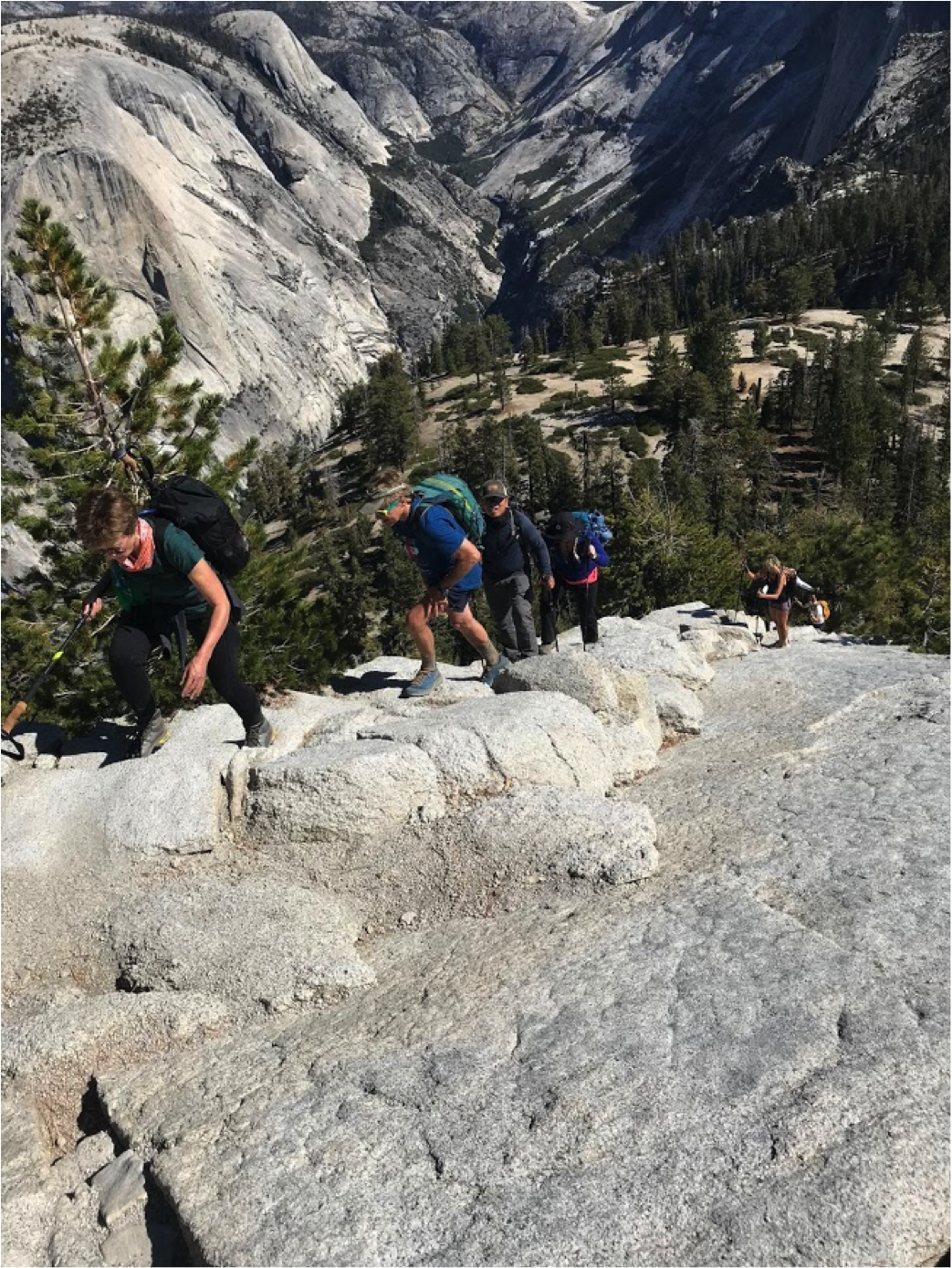 We’d been planning the trip for almost a year, and I’d been inspired by photos taken from Half Dome’s summit. I’d also read about the final 500-foot ascent, which requires climbers to cling to steel cables as they scale the face. Almost 300 people have been injured on Half Dome in the past 15 years, and the National Park Service warns that only experienced hikers should climb it.
We’d been planning the trip for almost a year, and I’d been inspired by photos taken from Half Dome’s summit. I’d also read about the final 500-foot ascent, which requires climbers to cling to steel cables as they scale the face. Almost 300 people have been injured on Half Dome in the past 15 years, and the National Park Service warns that only experienced hikers should climb it.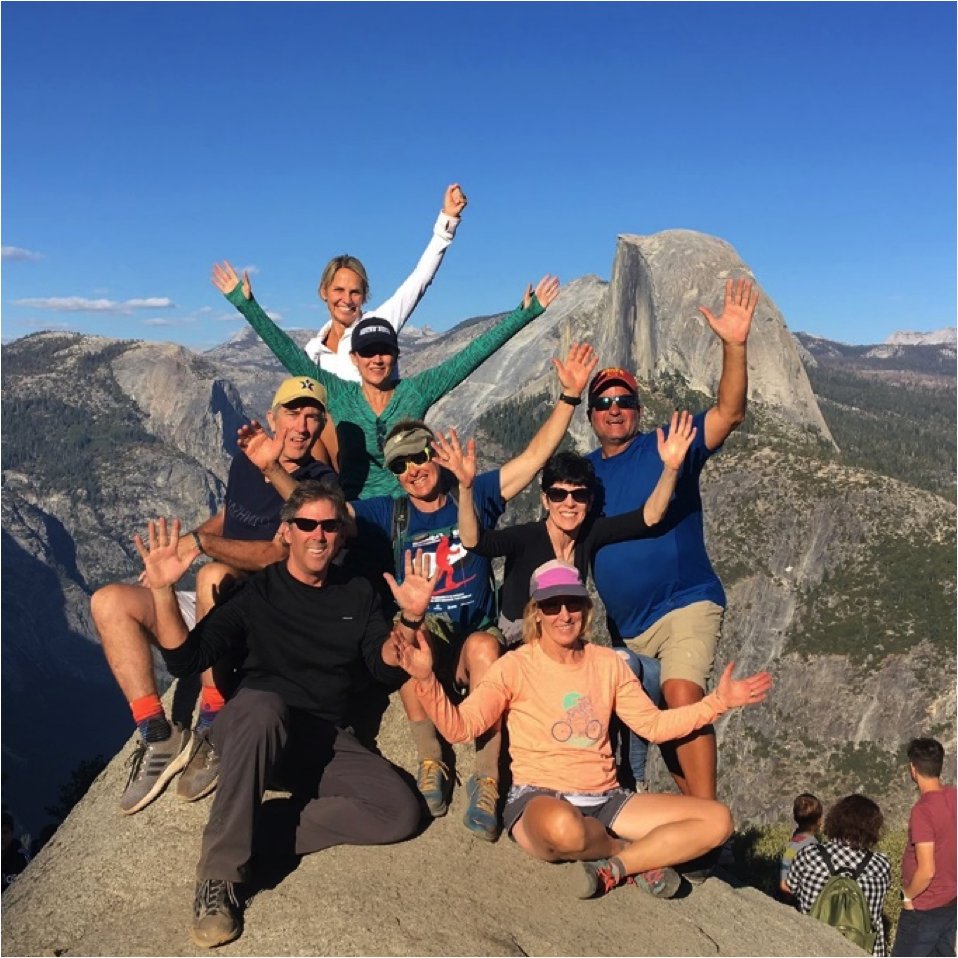 So often, we think of adventures as risky leaps into the unknown. What my trip reminded me was that adventures come in all shapes and sizes, and we can scale them to our needs, resources, skills and conditions. In the end, adventures require equal parts head and heart—what I call “smart courage”—to challenge us without harming us.
So often, we think of adventures as risky leaps into the unknown. What my trip reminded me was that adventures come in all shapes and sizes, and we can scale them to our needs, resources, skills and conditions. In the end, adventures require equal parts head and heart—what I call “smart courage”—to challenge us without harming us.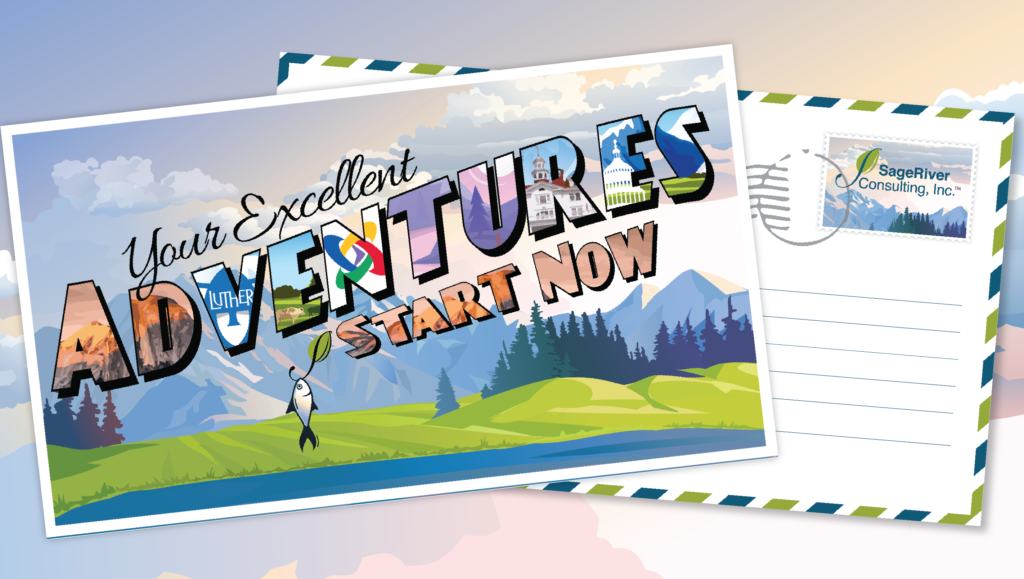 I watch “The Wizard of Oz” now and again. Magical and wise, it always pulls me under its spell. I feel Dorothy’s yearning to fly over the rainbow, and when she opens the door from her black-and-white house to technicolor Oz, wonder ensues.
I watch “The Wizard of Oz” now and again. Magical and wise, it always pulls me under its spell. I feel Dorothy’s yearning to fly over the rainbow, and when she opens the door from her black-and-white house to technicolor Oz, wonder ensues.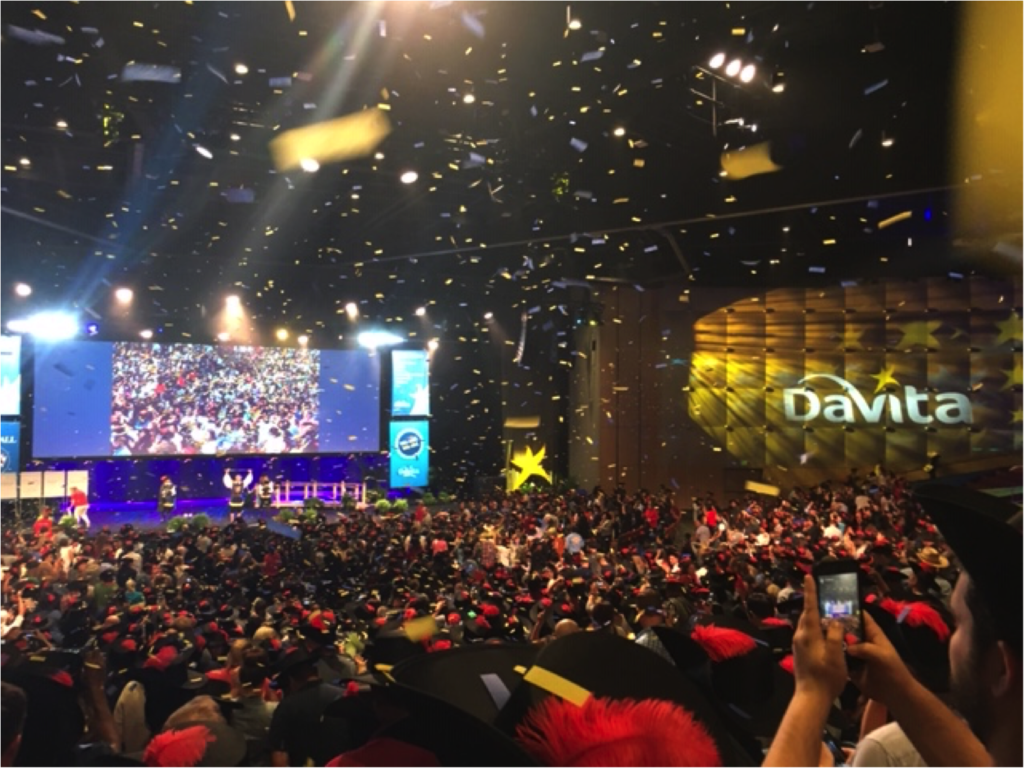 The excitement grew as employees flipped the posters to reveal six winning words and then placed them in a new order. When the audience realized the words formed the acronym “WE CARE,” they rose for a thunderous ovation.
The excitement grew as employees flipped the posters to reveal six winning words and then placed them in a new order. When the audience realized the words formed the acronym “WE CARE,” they rose for a thunderous ovation.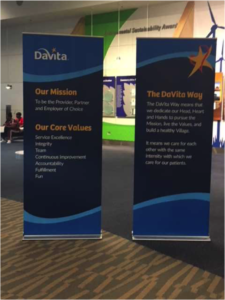 Why does defining behaviors matter? Because the workplace today includes five generations working across time zones and cultures at a faster pace than ever. Given those factors, employees may understand company values differently without even realizing it. By tying values to specific actions, companies like DaVita help develop a shared understanding that allows teammates to better accomplish their purpose.
Why does defining behaviors matter? Because the workplace today includes five generations working across time zones and cultures at a faster pace than ever. Given those factors, employees may understand company values differently without even realizing it. By tying values to specific actions, companies like DaVita help develop a shared understanding that allows teammates to better accomplish their purpose.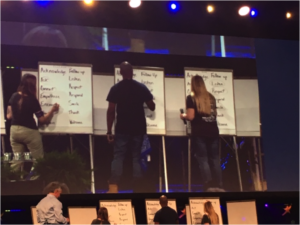 Rather than simply announce the final result, DaVita engaged teammates in an exciting interactive event. The unveiling included more than 2,000 teammates attending the Academy and thousands of others streaming in live from across the globe. Three teammates came on stage to engage this world-wide audience in guessing which six of the final 14 behaviors had been voted the winners.
Rather than simply announce the final result, DaVita engaged teammates in an exciting interactive event. The unveiling included more than 2,000 teammates attending the Academy and thousands of others streaming in live from across the globe. Three teammates came on stage to engage this world-wide audience in guessing which six of the final 14 behaviors had been voted the winners.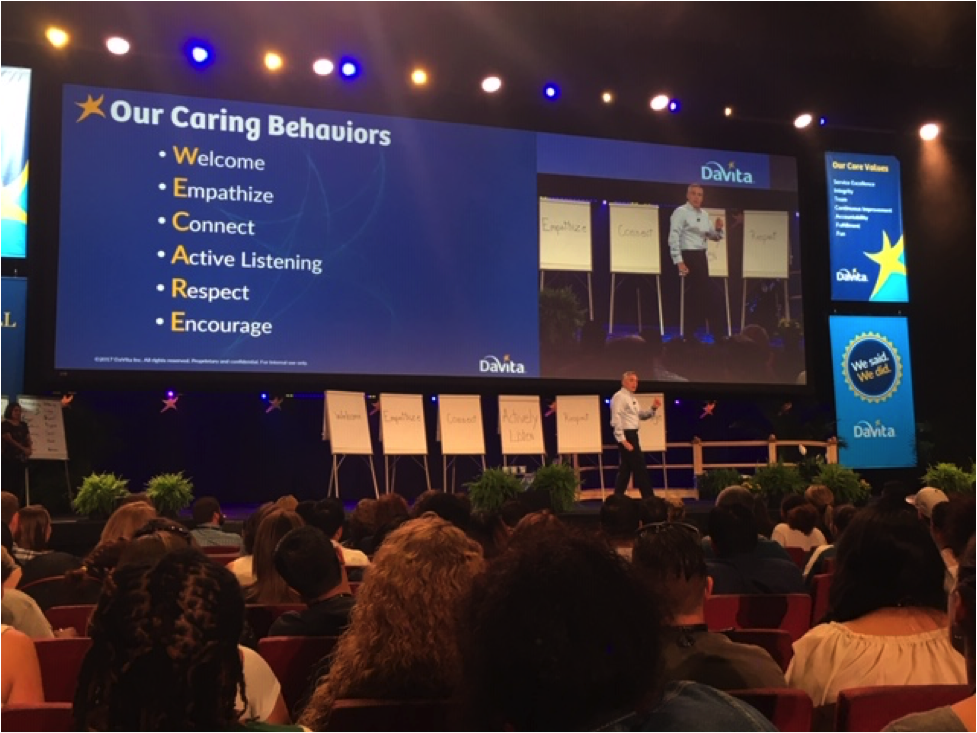 Continuing the Journey
Continuing the Journey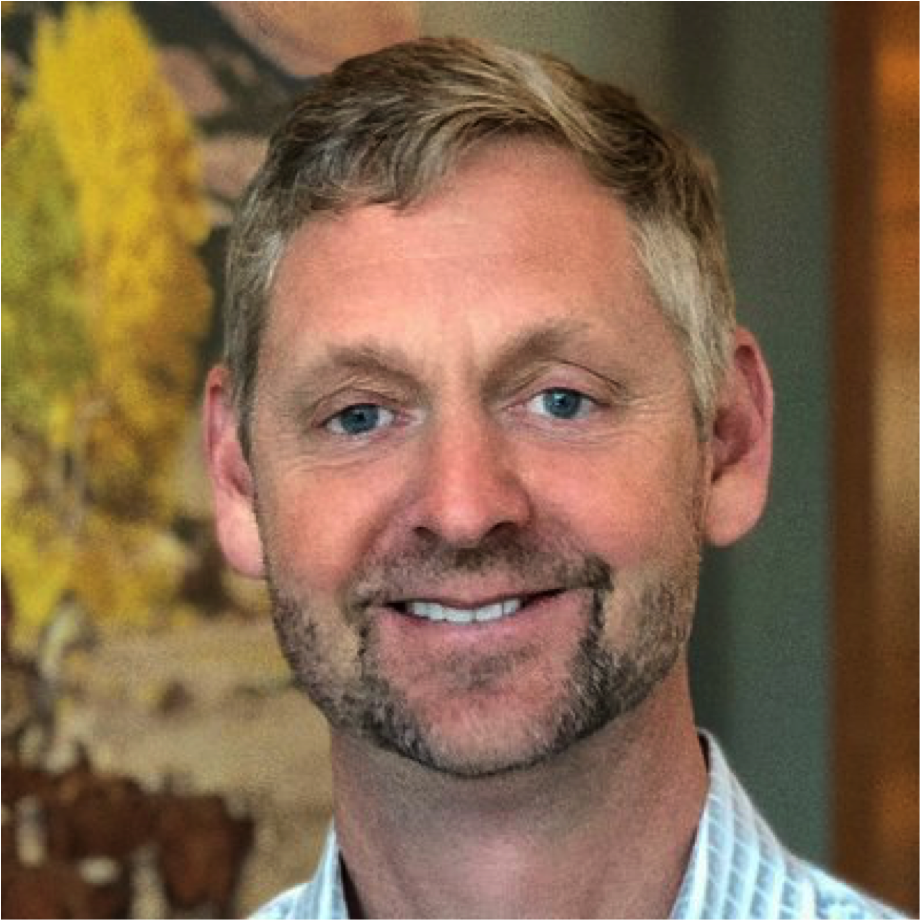 At DaVita, Modupe’s story has special resonance because it speaks to the core purpose of the company, which is to nurture the well-being of the community. This belief is so central that employees, who call themselves “teammates,” refer to their company as a village.
At DaVita, Modupe’s story has special resonance because it speaks to the core purpose of the company, which is to nurture the well-being of the community. This belief is so central that employees, who call themselves “teammates,” refer to their company as a village.

 Deposits in the Village Bank
Deposits in the Village Bank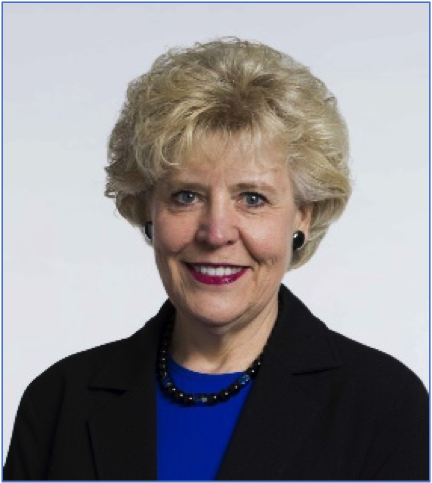 You Say You Want a Revolution
You Say You Want a Revolution
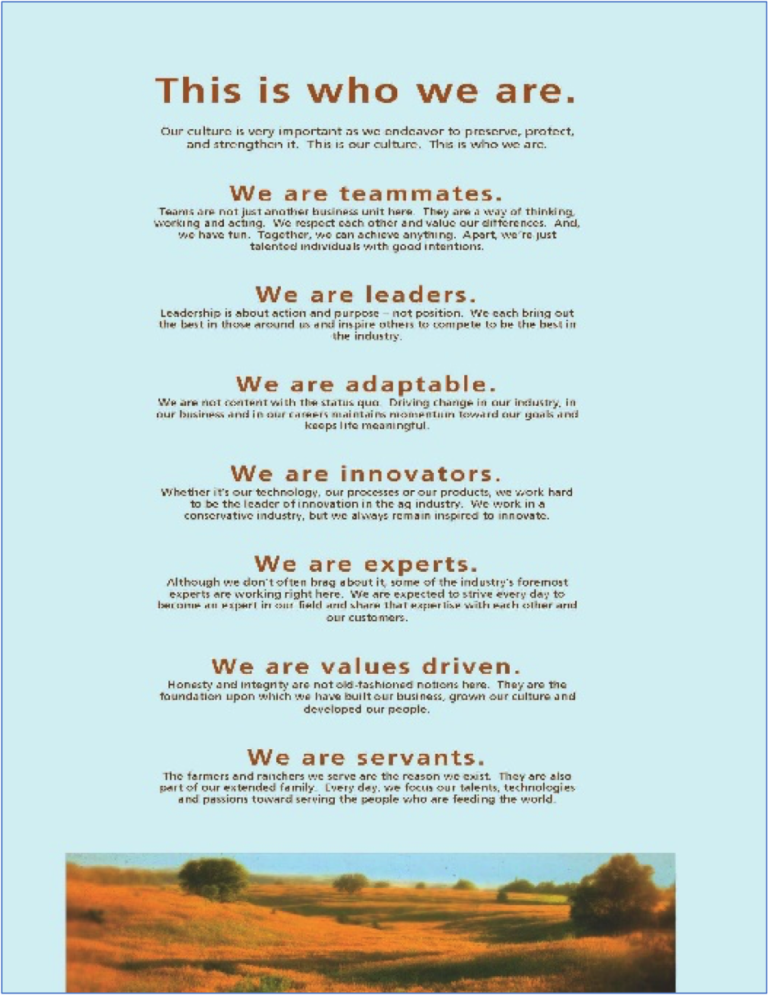 New team members receive what Finkner calls “culture in a box”—literally a box including items that represent aspects of FCSA’s culture. In addition, new hires attend executive-led sessions that explore FCSA values and programs, such as new employee orientation, well-being and leadership development.
New team members receive what Finkner calls “culture in a box”—literally a box including items that represent aspects of FCSA’s culture. In addition, new hires attend executive-led sessions that explore FCSA values and programs, such as new employee orientation, well-being and leadership development. The Institute for Career Advancement Needs (ICAN) has been building authentic, whole-life leaders for more than 35 years. SageRiver sat down with Julie Burrell Lillig, director of strategic partnerships at ICAN, to learn about ICAN’s unique philosophy and approach to supporting leaders at each stage of the development journey.
The Institute for Career Advancement Needs (ICAN) has been building authentic, whole-life leaders for more than 35 years. SageRiver sat down with Julie Burrell Lillig, director of strategic partnerships at ICAN, to learn about ICAN’s unique philosophy and approach to supporting leaders at each stage of the development journey.